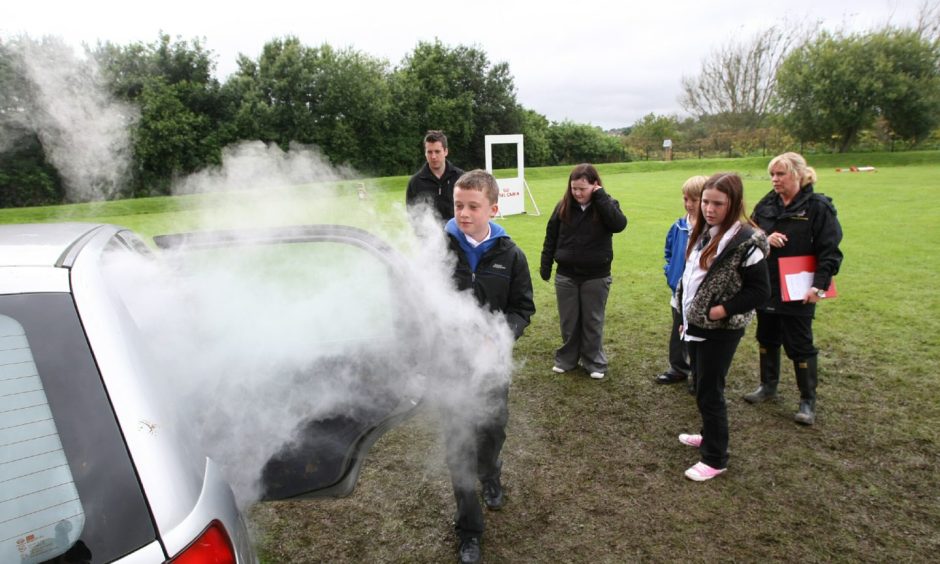
Dundee’s young people came face to face with the risks from drugs, fire and strangers when they were sent into the danger zone.
It was a time when it seemed like there was trouble around every corner.
And the police knew all about it – they were in on the whole thing.
It was OK, though, Dundee wasn’t crumbling into ruin as crime and disorder spread throughout the city.
This was the Safe Taysiders project and no children were harmed in the making of this production.
Safe Taysiders started in 1991 at Baluniefield Police Station and was designed to give pupils hands-on experience of real-life emergencies.
The live simulation acted out on the day provided a realistic rehearsal and went far beyond what they could get in the classroom.
Safe Taysiders was among a number of projects run by the Dundee Safer Cities Project which was established in May 1990 and based in Linlathen.
More than 600 pupils took part in 1991
The project, funded by the Scottish Office, covered the housing estates of Fintry. Linlathen. Mid Craigie. Whitfield and Mill of Mains.
Crime was higher than the national average in this part of the city in 1990.
Inspector Allan Thomson of Tayside Police took charge with the challenge to “reduce crime, lessen fear of crime and create a safer environment”.
One of the first schemes involved making schoolchildren aware of the importance of security marking valuables and they were given UV marker pens.
This was a great success and led to 6,000 households being covered which was followed by Safe Taysiders in December 1991.
The emergency services, the district council, British Telecom, Hydro Electric, Brown Construction and other community groups worked in partnership.
Over 600 pupils from 17 schools took part in “realistic reconstructions of dangerous situations” and learned how to cope with them.
The Dundee Safer Cities Project said the pupils were “more likely to remember how to act should they need to cope with a similar crisis in reality”.
They were not for the faint of heart.
They included scenarios such a person trapped in his home by fire, drugs and syringes left lying around, building site safety and stranger danger.
The children were lured away by someone pretending to be a newspaper reporter.
Unfortunately a lot of them followed her.
The 1991 programme was deemed a great success and the scheme was broadened.
A Safe Taysiders comic was launched
A Safe Taysiders comic was issued free to 33,000 pupils in June 1992 and reminded them of the dangers they could face during the school holidays.
A multiple-choice quiz was included in the comic.
Safe Taysiders returned in August 1992 with 1,000 children from 27 Tayside schools taking part and experiencing a variety of dangerous scenarios.
Among the issues were how children should deal with 999 calls, what to do if they discovered a fire, saying no to strangers and the dangers of building sites.
In the case of a fire, when the child ran to a phone box to call for help, they would find it vandalised, thus stressing the consequences of that type of crime.
A make-do pylon was erected, with a kite caught on the structure in high winds.
Children were asked to retrieve the kite.
A number actually went up to take the kite off themselves.
A video showing the dangers of doing so was given afterwards by Hydro Electric.
The Scottish Ambulance Service set up a mock road accident where pupils had to tend to an injured man.
To bring home the dangers of drugs, children were confronted with syringes and left to decide what to do – whether or not to pick them up or go and tell an adult.
Funding boost made the scheme a fixture
Inspector Norman Joss of Tayside Police said: “The aim is to put the children into staged real-life incidents to see how they would react.
“We wanted the kids to see that all the public services around them such as the police were not against them, but were there to help.”
Perth girl Angela White became the first recipient of the Safe Taysiders Award following her brave actions when a fire started in her home in December 1992.
The 14-year-old immediately left the house and phoned the fire brigade.
After ensuring the firefighters were on their way, she went to the upper floors in the building, warning all the residents and asking them to leave.
The Scottish Office gave the Dundee Safer Cities project a vote of confidence by announcing the initial three-year funding package was being extended to 1995.
Simulations of 10 dangerous situations were laid out in a course for the children to follow in 1993 including dangers from electricity and strangers.
Both pupils and teachers were very positive about the scheme.
The message was getting through.
Safe Taysiders became a fixture for Perthshire pupils at Scone Racecourse.
In September 1994 800 pupils attended and every one was invited to design a poster which would illustrate one or more of the safety messages.
Safe Taysiders went from strength to strength and expanded with RM Condor hosting 700 pupils from Arbroath and Montrose in May 1996.
Pupils learned how to deal with various incidents including house fires and gas leaks.
Safe Taysiders is still going strong
Pupils in Angus, Dundee and Perthshire continued to be given the opportunity to learn life lessons over the years including Melissa Macleerie.
The Barnhill Primary 7 pupil alerted firefighters to a fire in a block of flats in Broughty Ferry just before Christmas in December 2013.
Melissa’s persistence in getting to the bottom of a beeping noise prevented a small fire escalating into a more serious blaze.
Melissa was staying with her aunt and insisted on investigating where the noise was coming from and went into the stairwell and smelled smoke.
They got out and rang 999.
Luckily the resident was not in at the time.
Melissa and her classmates had taken part in the Safe Taysiders scheme only months before the fire.
In recognition of her actions Melissa was given a tour of Kingsway East fire station.
She got to wear a firefighter’s uniform and help extinguish fires.
Melissa was then presented with an area manager’s certificate of recognition.
The incident showed the valuable, potentially life-saving lessons that could be learned while playing it safe.
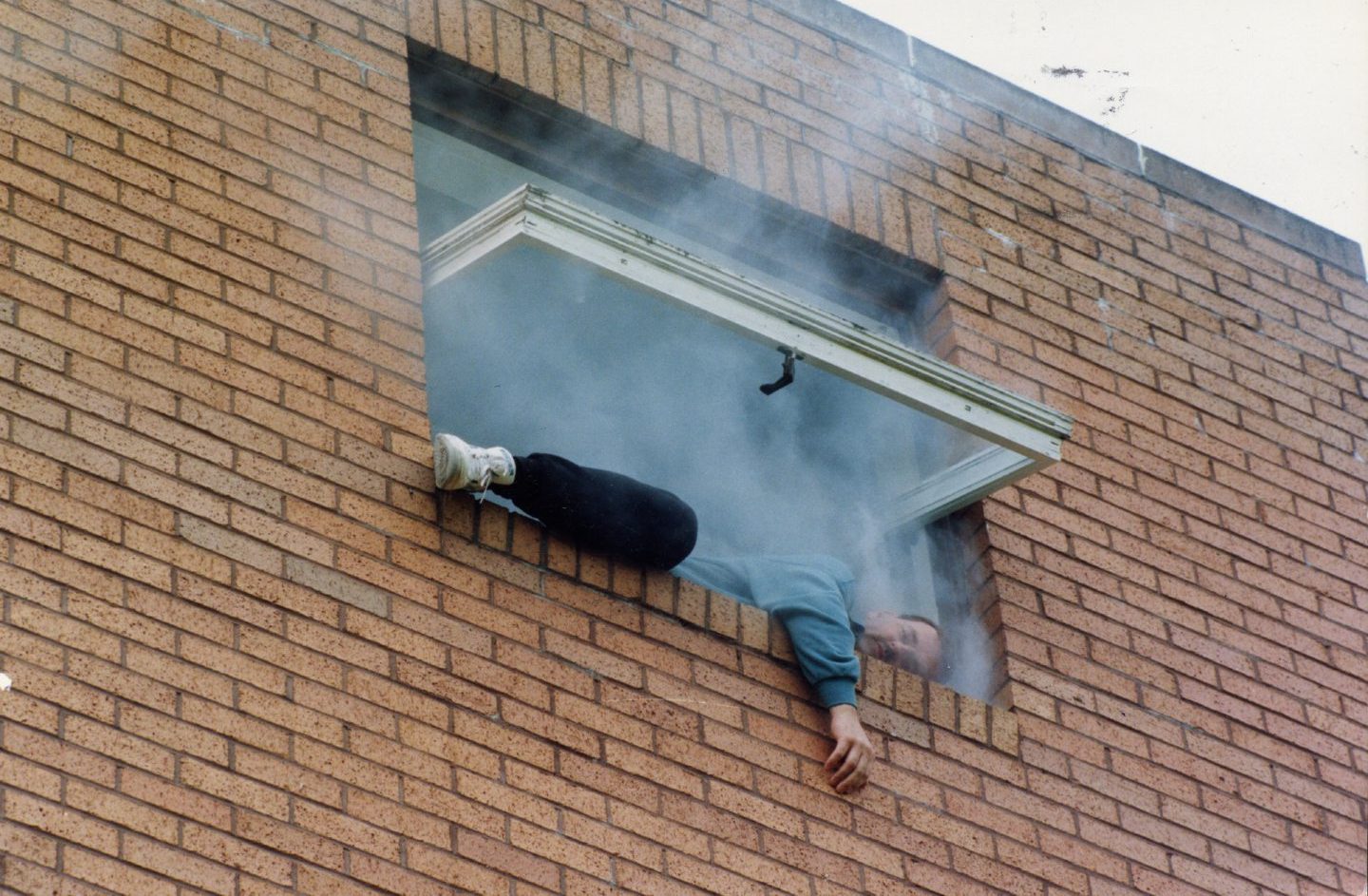
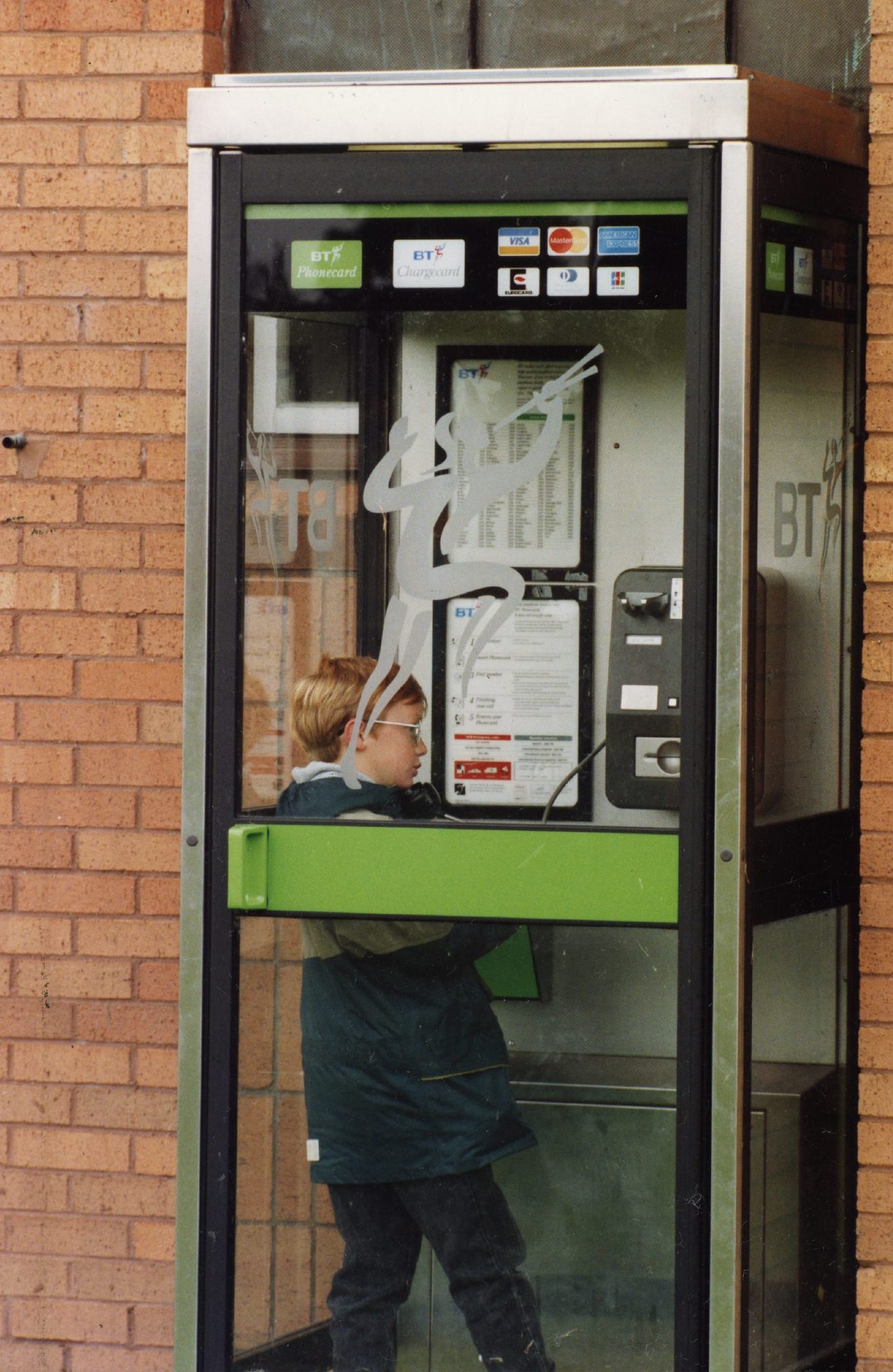
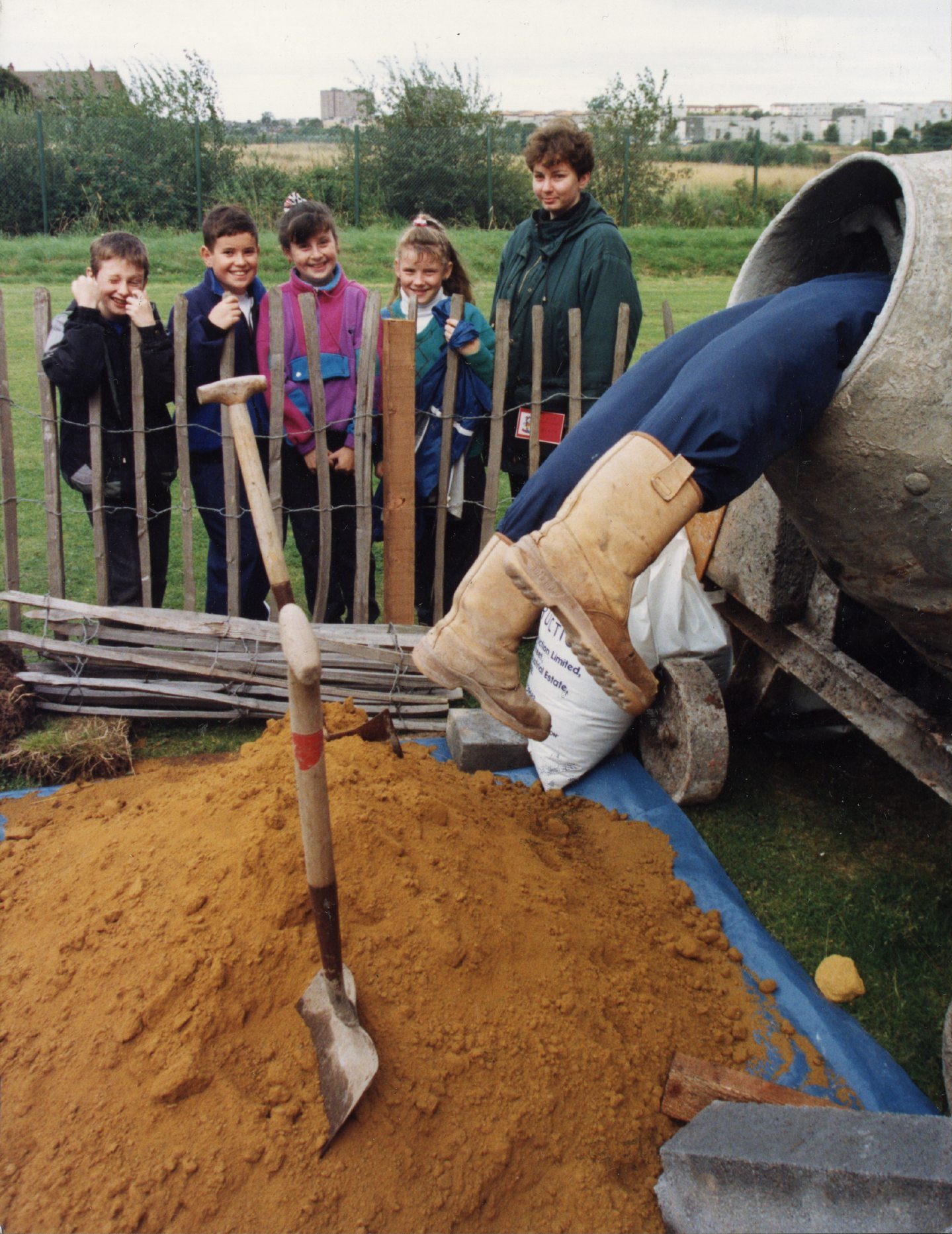
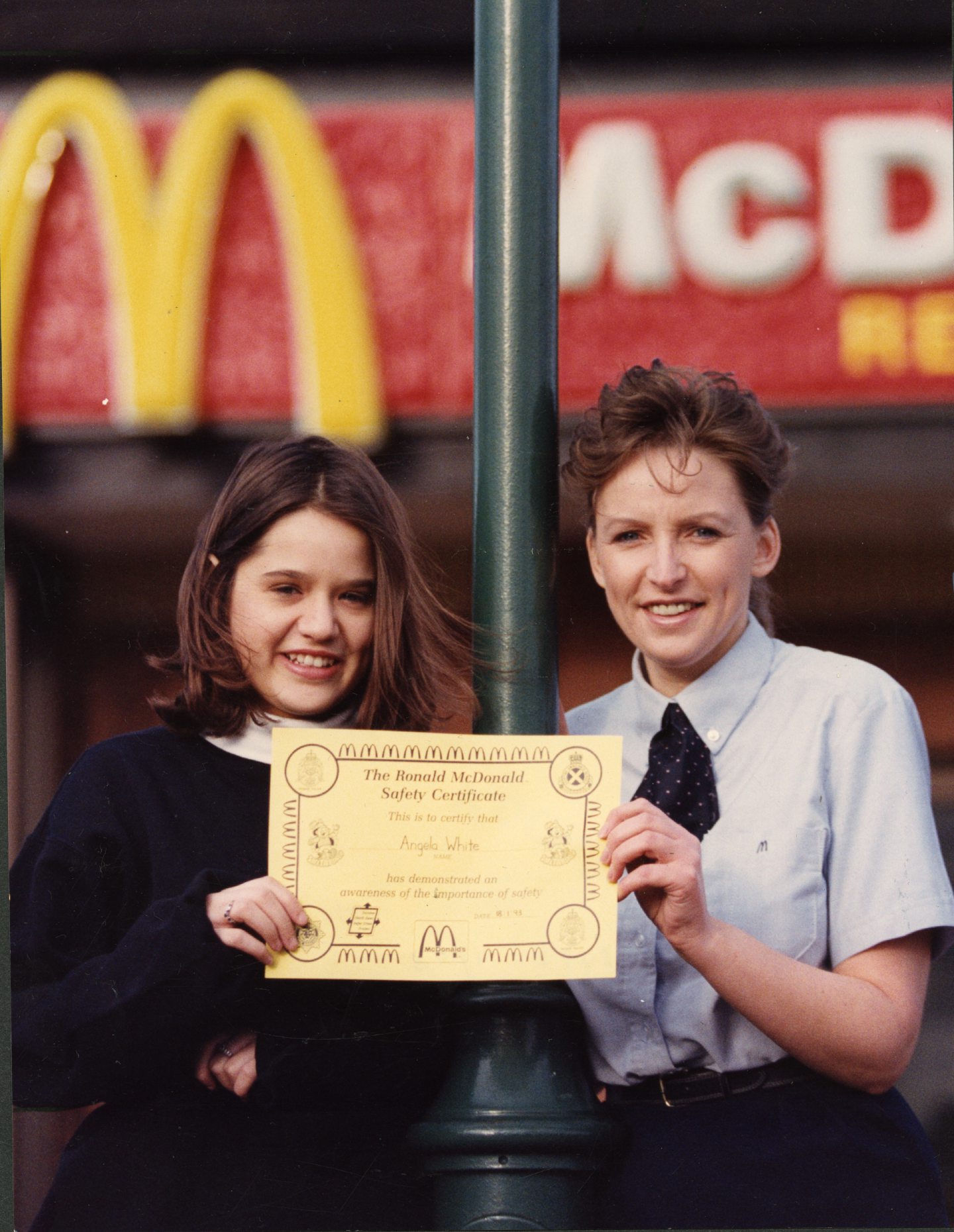
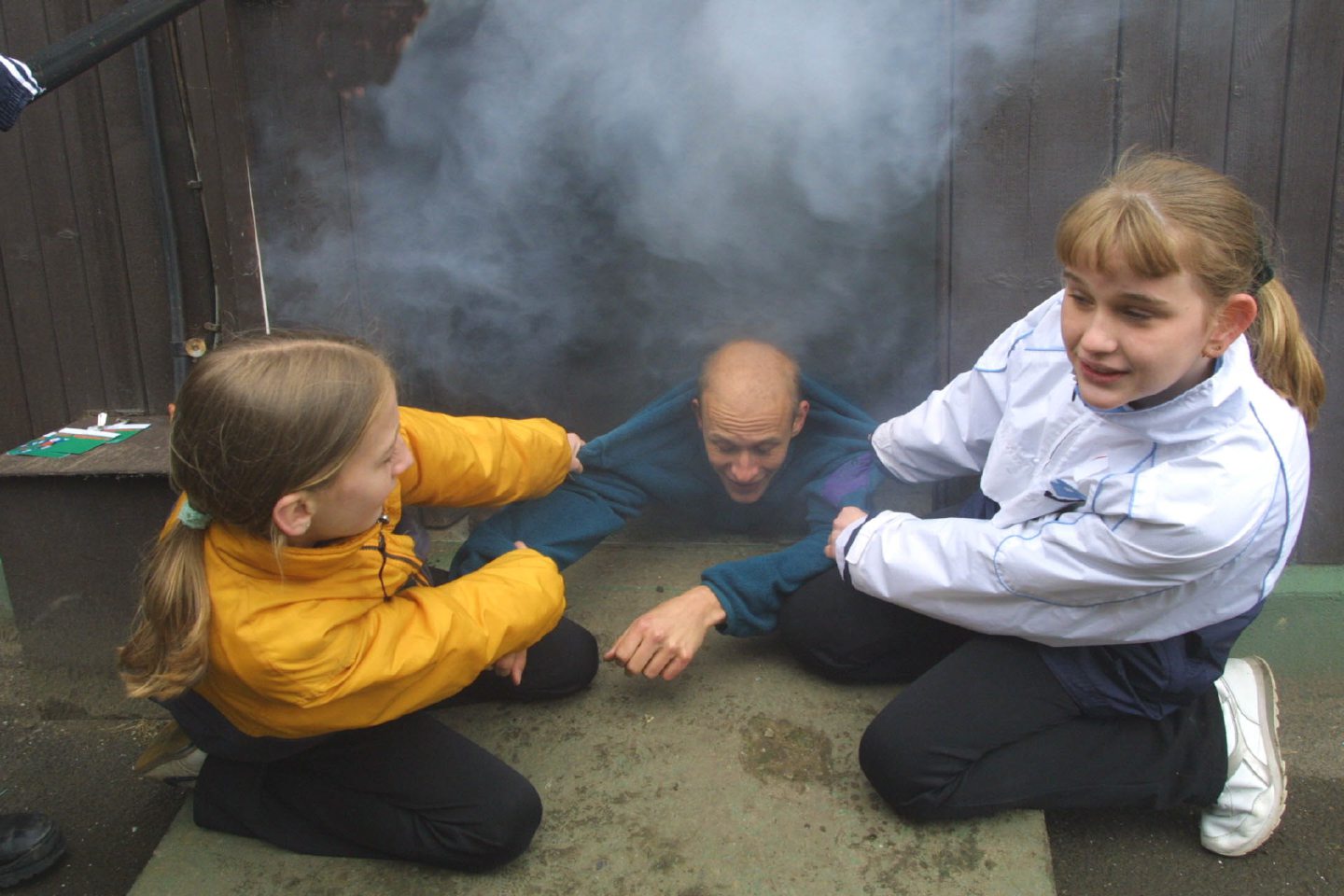
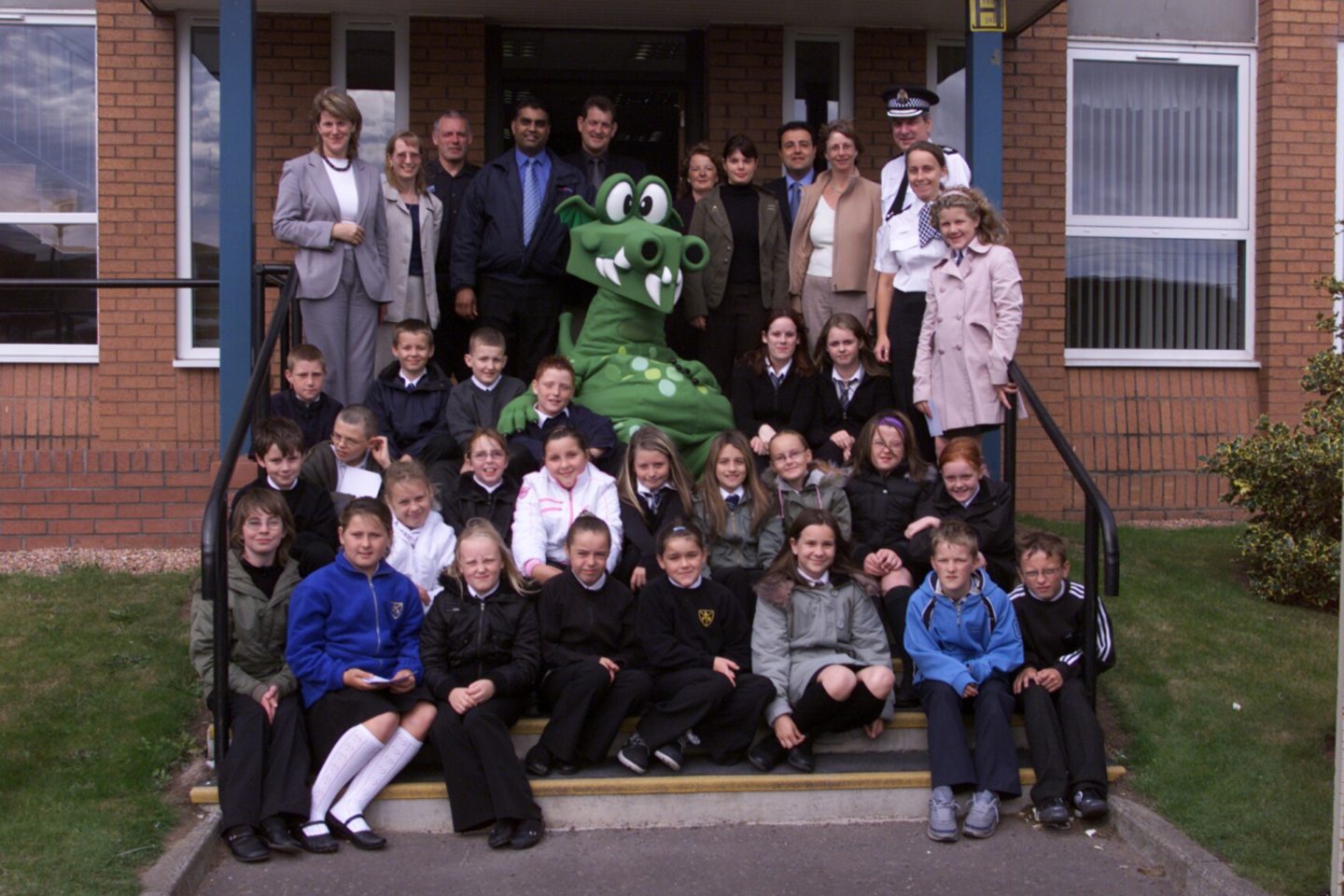
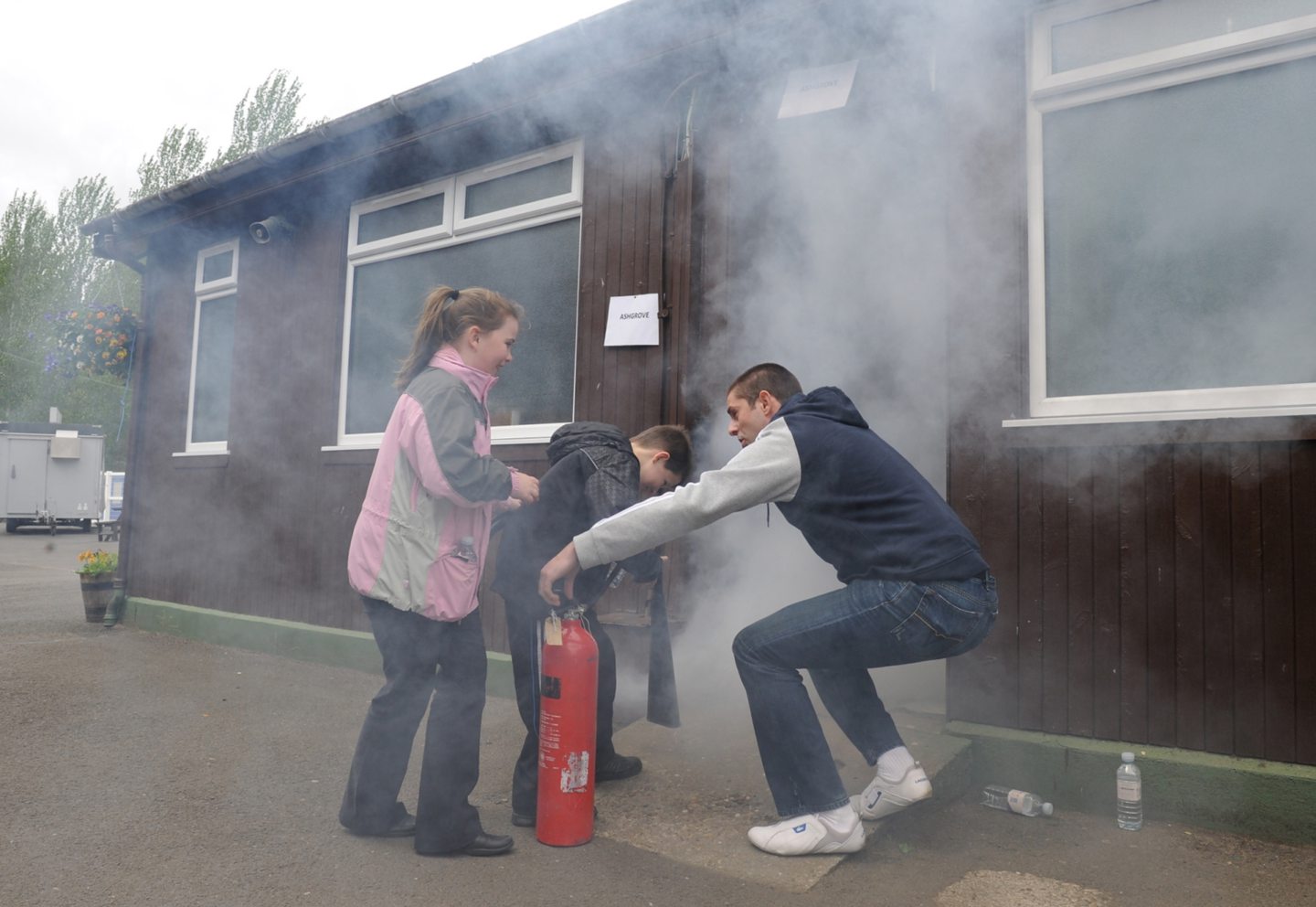
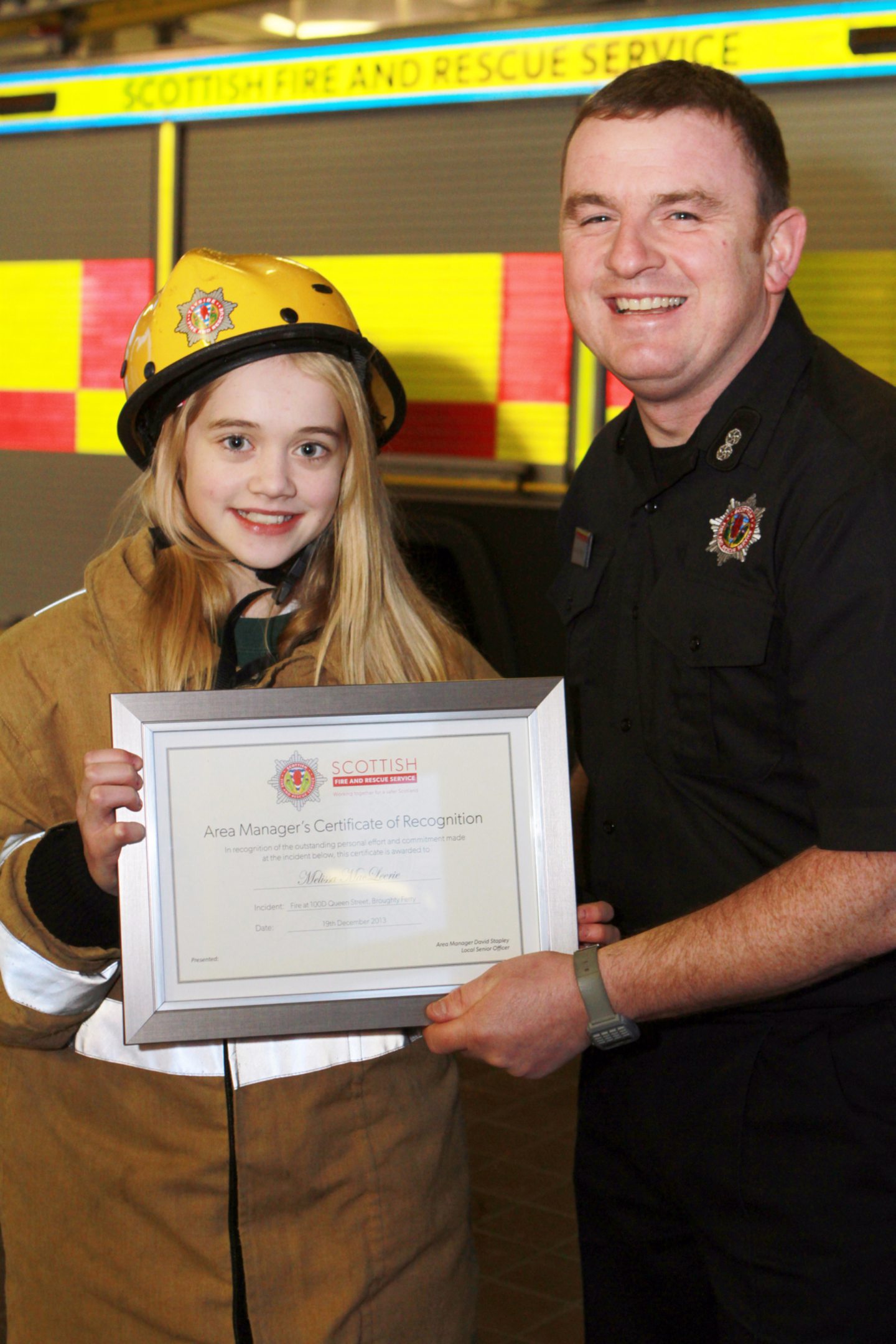
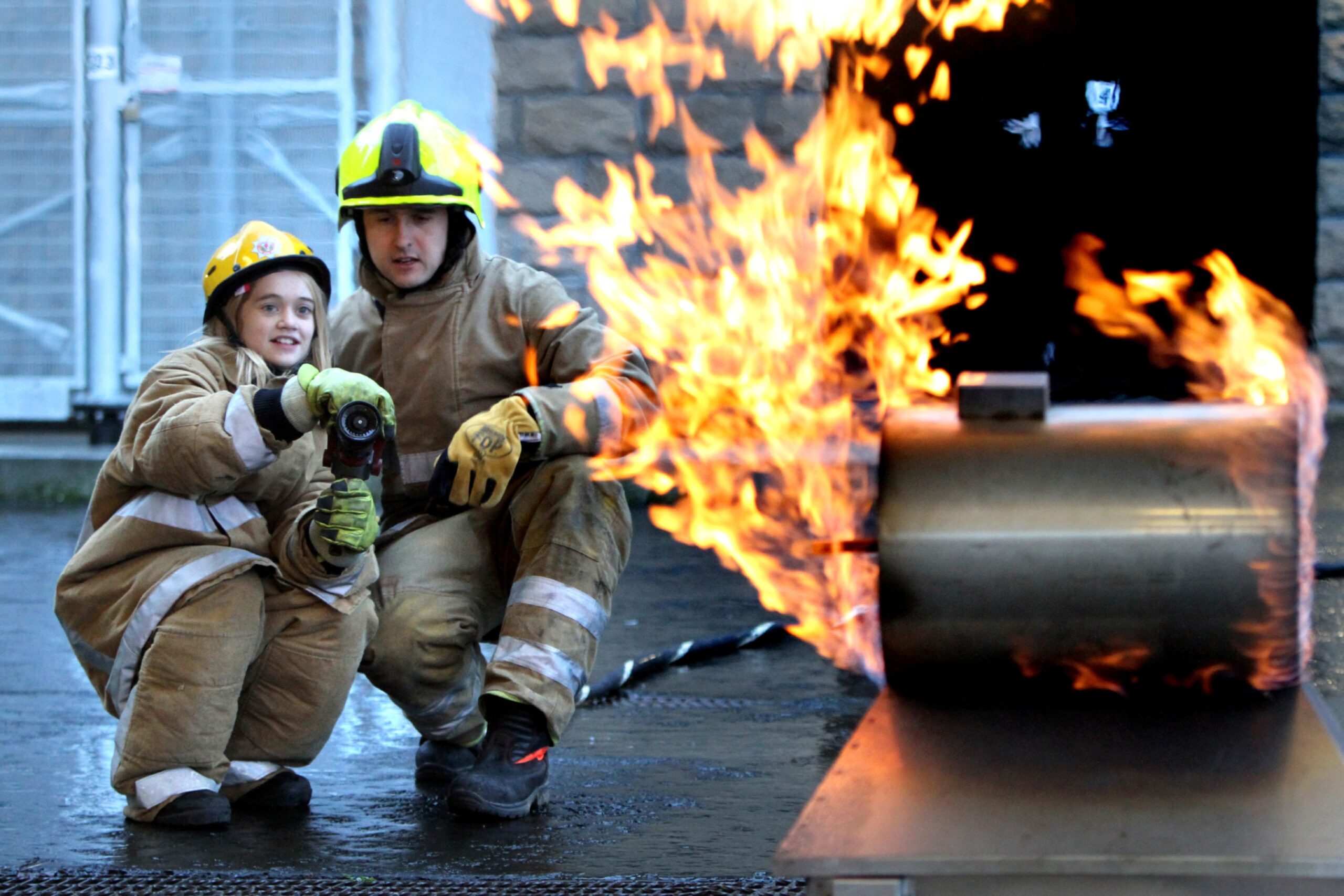










Conversation